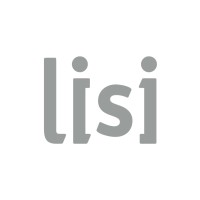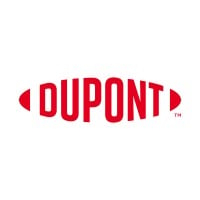
LISI GROUP
LISI is a global industrial group specializing in the manufacture of assembly solutions and high value-added components for the aerospace, automotive and medical sectors. A partner to the world's leading players and driven by its long-term family values, LISI innovates and invests in the research and development of tomorrow's products; to meet the needs of its customers, particularly in terms of quality, safety and performance. The LISI Group differentiates itself by focusing on two strategic pillars: innovation and operational excellence, while integrating a strong CSR culture.






